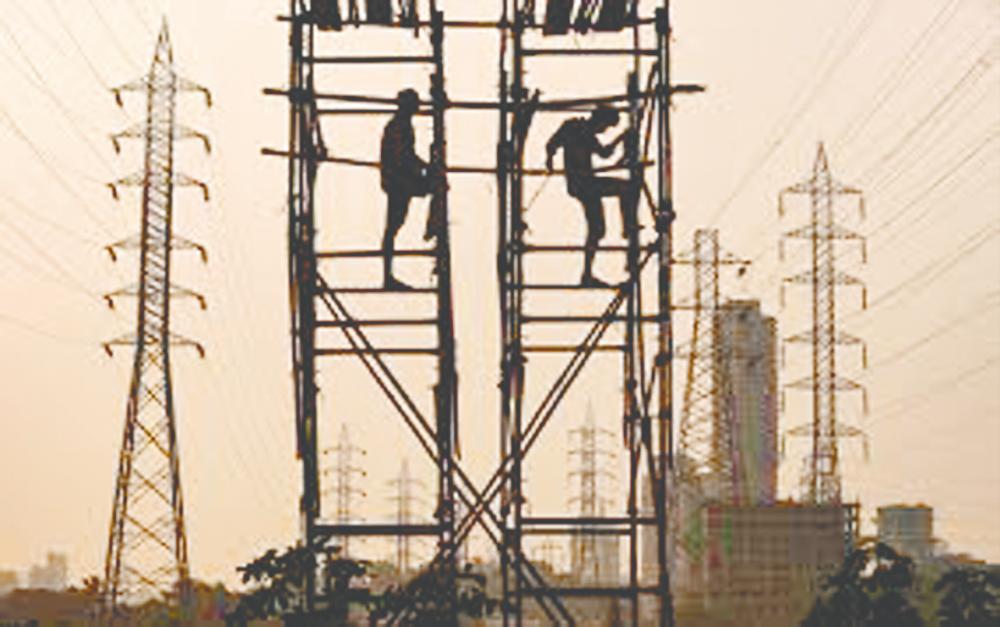MALAYSIA, like many Southeast Asian countries, faces the challenge of balancing sustainability, reliability and affordability in its energy goals. Is the country ready for renewables?
The country has set ambitious targets: net-zero emissions by 2050 and increasing the share of renewable energy in its power mix. These goals are impressive and align with the global push towards sustainable energy. However, achieving them requires more than ambition. We need strategic planning, significant investment and innovative technologies.
Prime Minister Datuk Seri Anwar Ibrahim’s visit to Berlin in March was not just ceremonial; it highlighted the importance of international collaboration and technology transfer in supporting Malaysia’s renewable energy goals. Global partnerships are essential for advancing the nation’s energy future.
Malaysia’s Renewable Energy Roadmap aims for 31% of the country’s power capacity to come from renewable sources by 2025 and for carbon emissions to be reduced by 45% by 2030. As of 2022, renewable energy capacity has grown to over 9,000 megawatts – a 50% increase since 2013.
However, renewable sources only produced 3.1 terawatt-hours of electricity, compared with 77.3 terawatt-hours from coal. Clearly, there is room for growth.
Imagine a seamless flow of electrons from renewable sources such as solar and wind into the national grid. These sources are often in remote areas, far from the high-demand city centres. The challenge is transporting this energy efficiently and ensuring a stable supply despite the variable nature of renewables.
Intermittency, the fluctuation in energy production from sources like solar and wind, can cause instability in the power grid, which traditionally relies on consistent output from fossil fuels. If the grid is not ready to handle these fluctuations, it could lead to blackouts or energy shortages.
To avoid stranding existing assets, Malaysia can repurpose peaker plants or retired thermal power plants using the Rotating Grid Stabiliser solution. This cost-effective solution ensures a reliable energy supply during the transition.
Stabilising voltage and frequency with synchronous condensers enhances the grid’s reliability, making it easier to integrate renewable energy. This approach supports the grid and maximises existing infrastructure, making the transition more practical and economically viable.
As mentioned, some sources of energy are far from high-demand city centres. This is not just a challenge for Malaysia but for the entire Southeast Asia. Efficient energy transport would ensure secure energy for Malaysia and nearby countries, making the region more resilient.
The Asean Grid ambition aims to create an interconnected electricity system among member states. By developing this integrated network, we can enhance energy security, promote renewable energy use and ensure a more reliable power supply across borders.
Long-distance power transmission requires a strong grid infrastructure. High-Voltage Direct Current (HVDC) technology can efficiently transmit large amounts of power over long distances with minimal energy loss.
Think of HVDC as a superhighway for electricity. This technology will allow Malaysia to export surplus renewable energy to neighbouring countries like Singapore, fostering regional cooperation and energy security.
Modernising the grid with HVDC will enhance Malaysia’s energy system, allowing it to accommodate more renewable energy and reduce environmental impact. This interconnected grid will support Malaysia’s renewable energy goals and set a precedent for sustainable development in the region.
However, these goals come with challenges. The energy sector is still developing and needs substantial investments – up to US$10.8 billion (RM47.33 billion) for solar PV alone. There is also a lack of awareness about the financial returns on these investments, which can hinder progress.
Public-private partnerships, supported by a strong regulatory framework, can help overcome these obstacles. Key actions include improving the financing landscape, reducing project approval times and ensuring policy transparency.
We recognise the complexities of this transition. With every step, we can make progress.
Malaysia’s journey will involve expanding renewable energy use, transforming conventional power, strengthening electrical grids, securing the supply chain and driving industrial decarbonisation. Each action contributes to a greener Malaysia.
Thorbjorn Fors is the group senior
vice president and managing director of
Asia Pacific Siemens Energy.
Comments: letters@thesundaily.com









